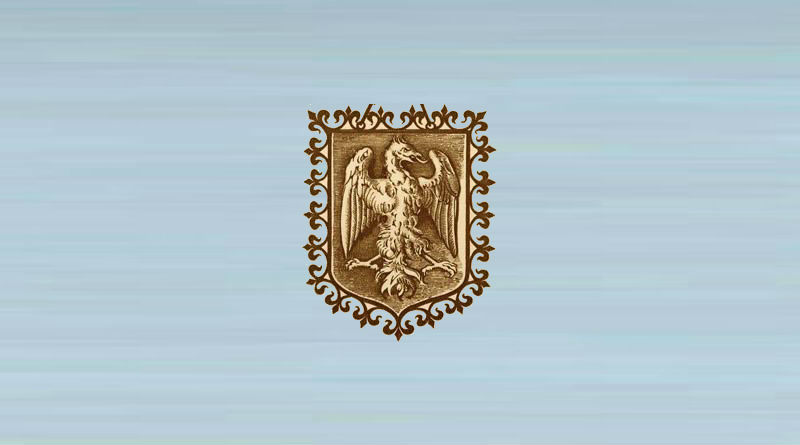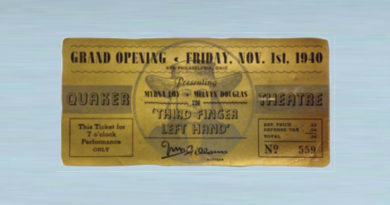39. Barclays Bank’s Original Sign
Posted on 12 October 2019
Barclays Bank’s original sign is a reminder of how the Banking industry began and how Quakers were at its core.
In the early years of Quakerism, mid 17th century England banks were yet to exist. Back then, money was raised and borrowed in the form of loans from trusted people in society – and because Quakers were truthful as part of their faith, the Society of Friends was seen as a place where your money would be safe.
Local merchants and traders quickly realised that the honesty of the Quakers’ business practice meant dealing with them would be a guarantee of financial safety.
Because the Quakers saw no separation between public and personal life, a form of self-regulation organically occurred among them. If a Quaker acted with dishonest intentions with someone else’s money then that person could be disowned from the Society.
This was at a time when the law had no regulations in looking after money. Therefore, the early Quaker banks prospered because they were built on trust and the Society led the way with a truthful competitive edge.
The Goldsmith Trade
Quaker banking grew out of the goldsmith trade in London. Apart from dealing in precious metal, goldsmiths, at the time, were the businesses that offered facilities to keep goods safe, offer loans and negotiate financial transactions.
The receipts issued by the goldsmiths for looking after money and goods were seen as proof of ownership. Soon the bills themselves were soon being traded without the need to move the underlying money or goods. The banking industry had been born!

The Quaker goldsmith John Freame (1665 – 1745), began operating in 1690 and he dealt mainly in silver, transporting it from Welsh mines to London and selling it to the Royal Mint who turned it into coins.
In 1736, Freame’s son inherited the business and expanded it with a new partner, James Barclay, a Quaker who had married Freame’s daughter Sarah. The business now offered a range of banking services and became known as Freame and Barclay.
At the time literacy standards were poor and the City Council of London stated “shopkeepers shall hang out signs at theire shopps.” The original sign for Freame and Barclay was a bible but this was thought inconsistent with money lending so a spread eagle was chosen (main picture). Used since ancient Rome, an eagle symbolizes courage, strength and power. An updated version of the eagle is used by the bank today.
Barclays and Lloyds
Freame and Barclay found itself in competition with several other newly formed family Quaker regional banks such as Sampson Lloyd in Birmingham (1770) and the Norwich Bank (1775).
Over the years, Freame and Barclay increased its size and went through several name changes until in 1896 it joined with 19 smaller banks, many of which had Quaker connections to form a national bank named Barclay and Company Limited, which is now known simply as Barclays.
Due to its own large size, Sampson Lloyd was not involved in the Barclays’ led merger and began taking over smaller banks by itself and its name evolved into simply Lloyds.
By the end of the 19th century, despite being founded on Quakerism, Barclays and Lloyds were now too big to be run by Quaker families. They had become corporations with boardrooms and shareholders. The Quaker involvement with the two banks slowly drifted away as family members were phased out of the businesses and today there is no current connection between them and the Quakers.
Banking is Panel 45 (opens in a new window) on the Quaker Tapestry.
Image from quakersintheworld.org and www.barclays.co.uk






